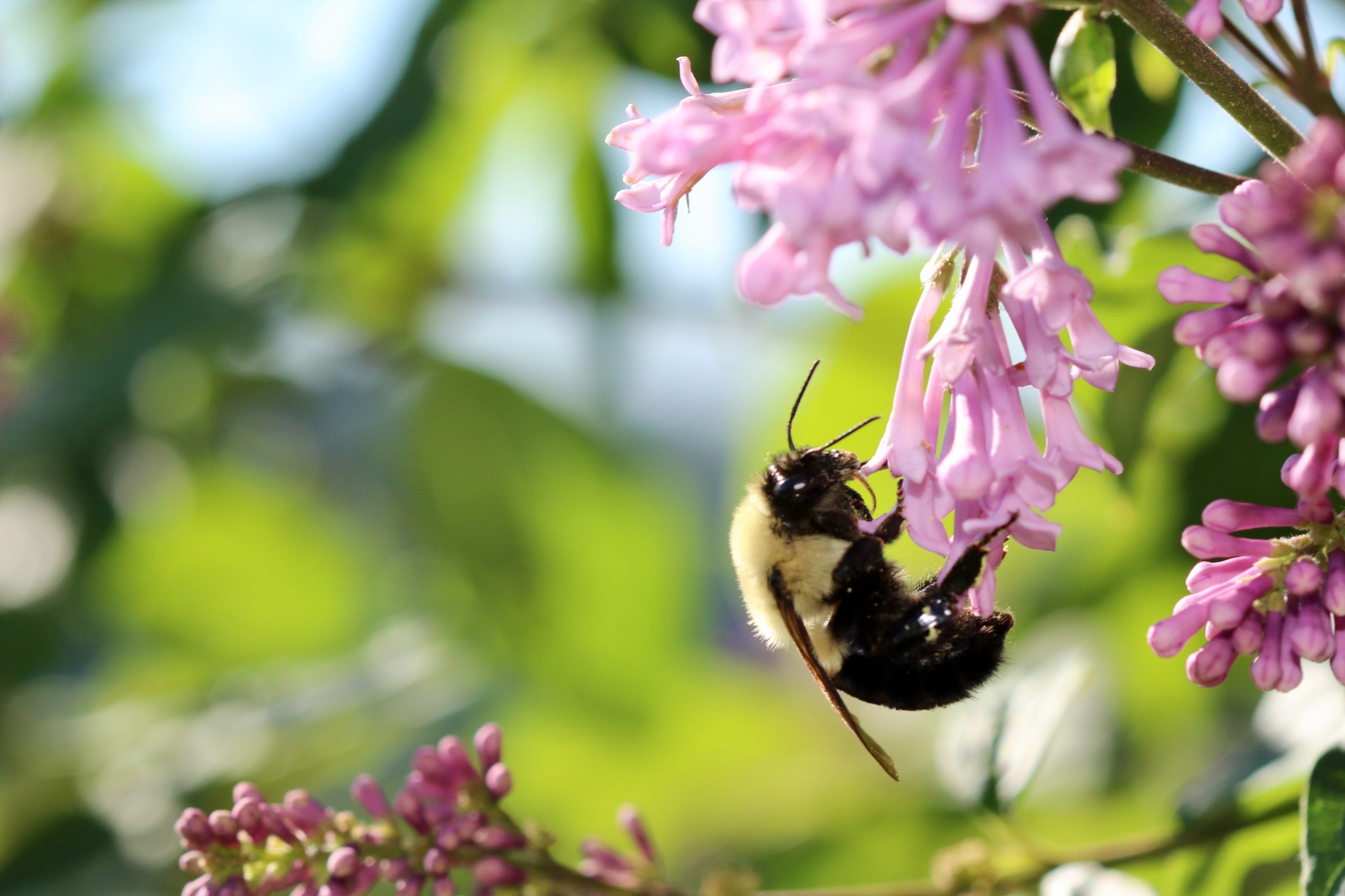
Why we should save the bees, especially the wild bees who need our help most
Protecting pollinator habitat and cutting back on the use of bee-killing pesticides can help save bees of all stripes.
The unnecessary use of pesticides is harming ecosystems and threatening our health.
If you’re lucky, you might see a summer’s field buzzing with bees or a flock of monarch butterflies undertaking their annual migration. But our country’s overuse of toxic pesticides is making such sights less common as it makes much of our country’s environment toxic. Seeping far beyond the initially treated zones, these pesticides are infiltrating our soil, water systems and food chains. Together, we can put our country on a safer path free of pesticides.
Protecting pollinator habitat and cutting back on the use of bee-killing pesticides can help save bees of all stripes.
TAKE ACTION
Want to learn more about the toxic impacts pesticides are having on our ecosystems and wildlife?
The $20 billion investment from the Inflation Reduction Act is great for bees, our water, the climate and more
A regulatory loophole has allowed seeds coated with neonicotinoid pesticides to fly under the Environmental Protection Agency’s radar — with dangerous consequences for America’s birds and pollinators.
Pesticides and habitat loss are damaging bee populations, but you can help protect bees and other pollinators from the comfort of your home with these easy actions
The past year brought new hope for our planet — but there’s so much more to do to protect our forests, climate, wildlife and more.
Senior Director, Conservation America Campaign, Environment America
